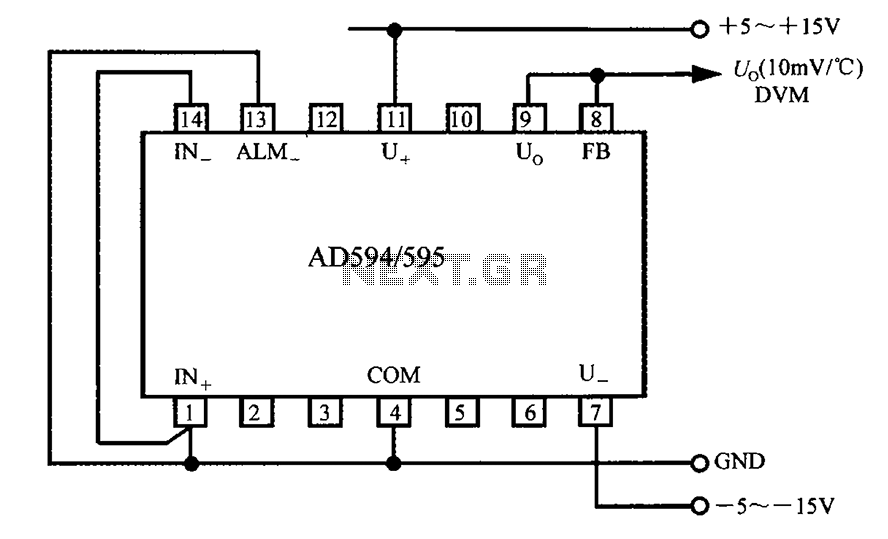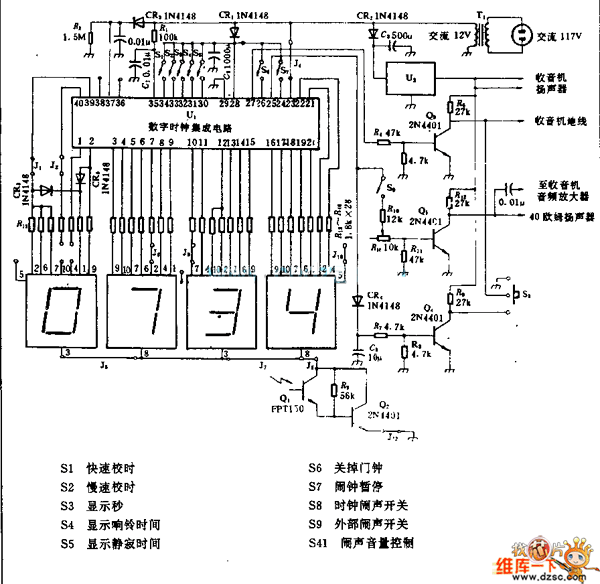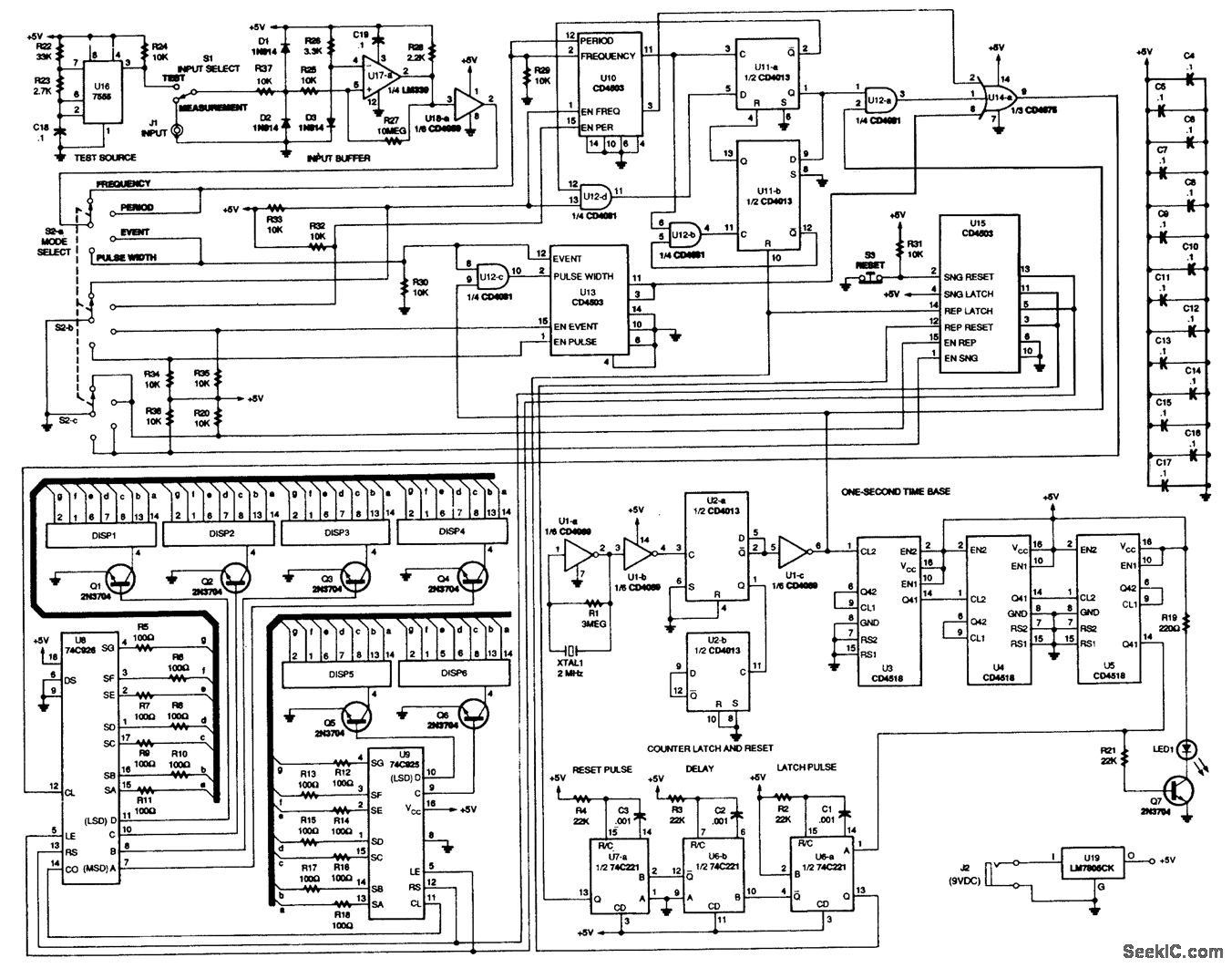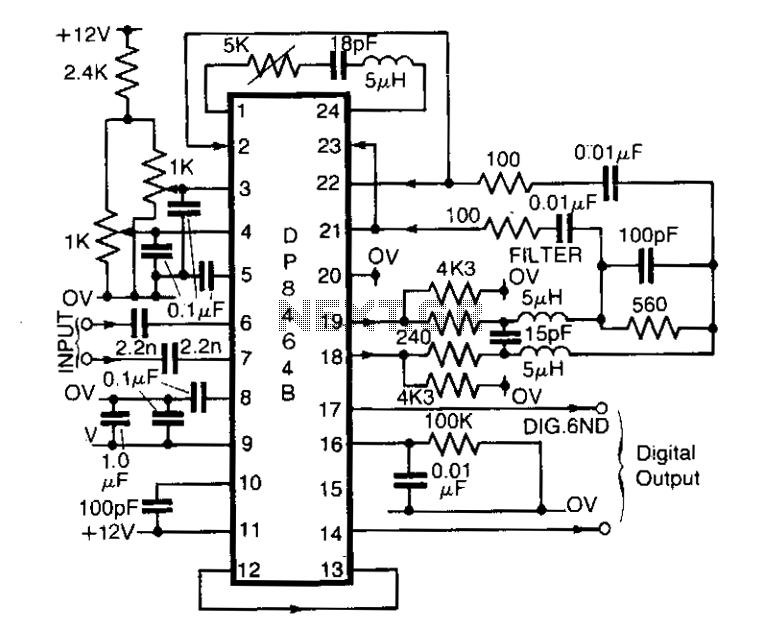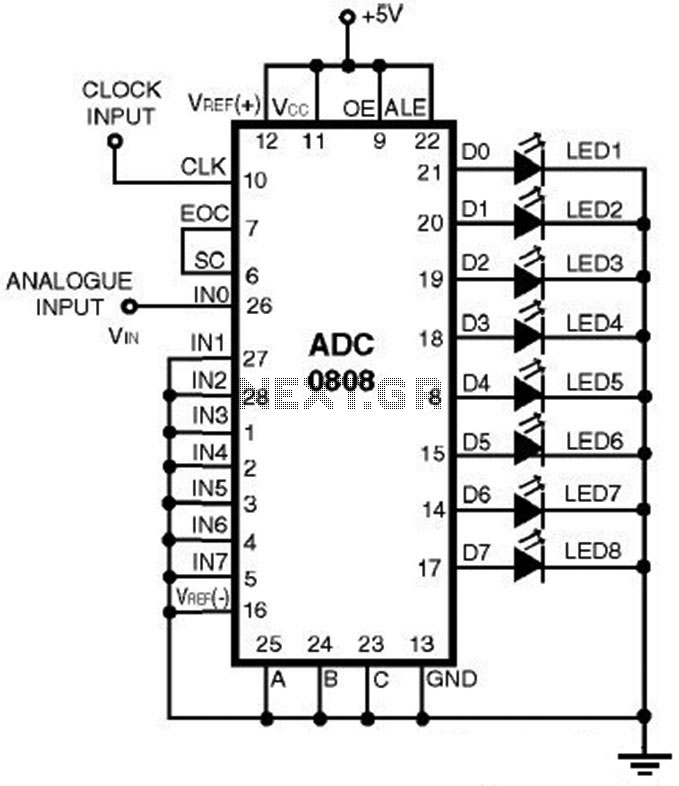
the design of the digital frequency meter of one-chip computer and CPLD
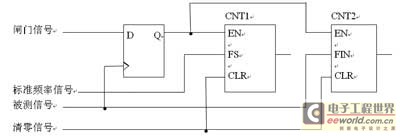
This digital frequency meter circuit is concise, with its software capabilities fully utilized. It achieves high survey accuracy in the low-frequency band while effectively preventing interference. The unique quality is demonstrated by replacing hardware components with software solutions. VHDL (Very High Speed Integrated Circuit Hardware Description Language) serves as a hardware description language for superhigh-speed integrated circuits. Developed by the American Department of Defense, VHDL has become an industrial standard hardware description language under IEEE. Compared to traditional circuit design methods, VHDL can describe hardware functionality at multiple levels and supports a top-down design approach. Designers do not need to understand the hardware structure in detail. The system design process involves creating a high-level block diagram, describing circuit behavior using VHDL, performing emulation and error correction, and validating the design at the system level. Logic synthesis is then used to optimize the design, resulting in a netlist for the logical circuit at the gate stage, which can be downloaded to a specific CPLD device for programming application-specific integrated circuit (ASIC) design. The Max Plus development tool, created by Altera Corporation in the U.S., is a comprehensive CAE software tool for logic design. It offers independent text, graphical, and waveform input methods, allowing for single or multiple layered device designs. The tool encompasses editing, compiling, emulation, synthesis, and chip programming functions, facilitating the transition from circuit diagrams to programmable chips, such as CPLD, FPGA, or ASIC chips. It supports various CPLD devices, including FLEX, MAX, and Classic, and eliminates the need for designers to master complex device structures. Designers can use familiar design input tools, such as advanced behavioral languages, schematic diagrams, or oscillograms, to convert their designs into the required object format, thereby simplifying the design process. Max Plus also provides a rich library of logic functions for designers, enabling them to significantly reduce design workload by utilizing existing libraries and incorporating additional functional modules as needed.
The digital frequency meter circuit is designed to measure frequency with high precision in low-frequency ranges. Its architecture relies heavily on software, leveraging VHDL to define the behavior and structure of the circuit without the need for extensive hardware knowledge. This allows for a more streamlined design process where engineers can focus on the functional aspects of the circuit. The VHDL language enables the creation of complex digital systems by allowing designers to specify the behavior of digital components in a high-level manner.
The Max Plus tool enhances the design process by providing a user-friendly interface for logic design. It integrates various functionalities, from editing and compiling to emulation and programming, making it a versatile tool for engineers. The tool supports multiple design methodologies, allowing designers to work with familiar inputs and seamlessly transition their designs into programmable logic devices. The ability to utilize a rich library of pre-defined logic functions further accelerates the design process, enabling engineers to focus on innovation rather than repetitive tasks.
In summary, the combination of the digital frequency meter circuit, VHDL, and the Max Plus development tool exemplifies modern approaches to electronic design, emphasizing software-driven solutions and efficient design methodologies. This integrated approach not only enhances the accuracy and performance of electronic systems but also simplifies the overall design process, making it accessible to a broader range of engineers.This digital frequency meter of circuit is succinct, software potentiality is fully excavated, the survey accuracy of the low frequency band is high, have prevented the invasion of the interference effectively. The distinctive quality has embodied in and replaced the hardware with software. VHDL Very High Speed Integrated Circuit Hardware Description Language, the hardware description language
of the superhigh speed integrated circuit It is a kind of tool designing the circuit fast developed by American Ministry of National Defence, have already become a kind of industrial standard hardware description language of IEEE at present. Compare the traditional circuit system design method, VHDL has ability of describing the system hardware function at many levels, support the top-down characteristic based on design of the storehouse, so artificers needn`t find out about hardware structure.
Proceed with system design, carry on division and constructional design of the systematic block-diagram on the top level, carry on description to the behavior of the circuit in the block-diagram first classly with VHDL, and carry on emulation and error correction, then prove in the first grade of the system, reuse logic synthesis to optimize tools and turn into the netlist in the concrete gate stage logical circuit finally, download to the concrete CPLD device, thus realize the programming application-specific integrated circuit ASIC Design. Max Plus developing instrument is one kind of self-designed CAE software tools of Altera Company of U.
S. A. It has overall logic designed capacity, artificer`s all right independent segregation text, figure and undulate input method, the single device or many devices that is set up layering designs. Editing, compiling, emulation, synthesizing, chip programming, etc. function of utilizing this tool to allocate, the intersection of circuit diagram and or circuit that design describe procedure turn fundamental the intersection of logical unit and load into get programmable chip Such as CPLD, FPGA, Make into ASIC chip.
It supports serial CPLD devices such as FLEX, MAX and Classic, artificers needn`t master the complicated structure within the device, only need it with the design input tool that oneself knows well, such as advanced behavioral language, schematic diagram or oscillogram pay and design input, it designs these to convert to the form with required object construction, thus simplify the design process. And Max Plus has offered abundant logic function storehouse for the artificer to use. The artificer utilizes the above storehouses and great function module added by oneself, can lighten the work capacity designed greatly.
Use the procedure that Max Plus designs CPLD device 🔗 External reference
The digital frequency meter circuit is designed to measure frequency with high precision in low-frequency ranges. Its architecture relies heavily on software, leveraging VHDL to define the behavior and structure of the circuit without the need for extensive hardware knowledge. This allows for a more streamlined design process where engineers can focus on the functional aspects of the circuit. The VHDL language enables the creation of complex digital systems by allowing designers to specify the behavior of digital components in a high-level manner.
The Max Plus tool enhances the design process by providing a user-friendly interface for logic design. It integrates various functionalities, from editing and compiling to emulation and programming, making it a versatile tool for engineers. The tool supports multiple design methodologies, allowing designers to work with familiar inputs and seamlessly transition their designs into programmable logic devices. The ability to utilize a rich library of pre-defined logic functions further accelerates the design process, enabling engineers to focus on innovation rather than repetitive tasks.
In summary, the combination of the digital frequency meter circuit, VHDL, and the Max Plus development tool exemplifies modern approaches to electronic design, emphasizing software-driven solutions and efficient design methodologies. This integrated approach not only enhances the accuracy and performance of electronic systems but also simplifies the overall design process, making it accessible to a broader range of engineers.This digital frequency meter of circuit is succinct, software potentiality is fully excavated, the survey accuracy of the low frequency band is high, have prevented the invasion of the interference effectively. The distinctive quality has embodied in and replaced the hardware with software. VHDL Very High Speed Integrated Circuit Hardware Description Language, the hardware description language
of the superhigh speed integrated circuit It is a kind of tool designing the circuit fast developed by American Ministry of National Defence, have already become a kind of industrial standard hardware description language of IEEE at present. Compare the traditional circuit system design method, VHDL has ability of describing the system hardware function at many levels, support the top-down characteristic based on design of the storehouse, so artificers needn`t find out about hardware structure.
Proceed with system design, carry on division and constructional design of the systematic block-diagram on the top level, carry on description to the behavior of the circuit in the block-diagram first classly with VHDL, and carry on emulation and error correction, then prove in the first grade of the system, reuse logic synthesis to optimize tools and turn into the netlist in the concrete gate stage logical circuit finally, download to the concrete CPLD device, thus realize the programming application-specific integrated circuit ASIC Design. Max Plus developing instrument is one kind of self-designed CAE software tools of Altera Company of U.
S. A. It has overall logic designed capacity, artificer`s all right independent segregation text, figure and undulate input method, the single device or many devices that is set up layering designs. Editing, compiling, emulation, synthesizing, chip programming, etc. function of utilizing this tool to allocate, the intersection of circuit diagram and or circuit that design describe procedure turn fundamental the intersection of logical unit and load into get programmable chip Such as CPLD, FPGA, Make into ASIC chip.
It supports serial CPLD devices such as FLEX, MAX and Classic, artificers needn`t master the complicated structure within the device, only need it with the design input tool that oneself knows well, such as advanced behavioral language, schematic diagram or oscillogram pay and design input, it designs these to convert to the form with required object construction, thus simplify the design process. And Max Plus has offered abundant logic function storehouse for the artificer to use. The artificer utilizes the above storehouses and great function module added by oneself, can lighten the work capacity designed greatly.
Use the procedure that Max Plus designs CPLD device 🔗 External reference
